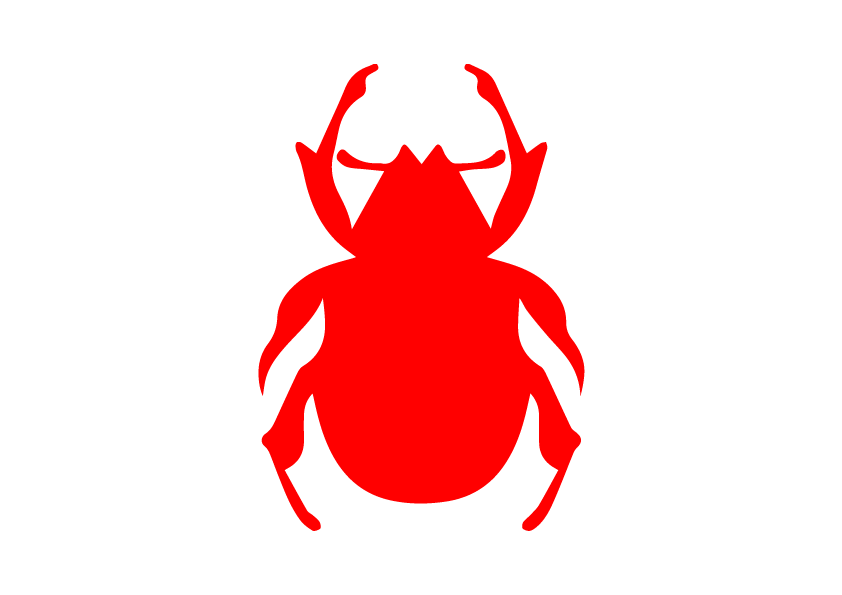

Process images

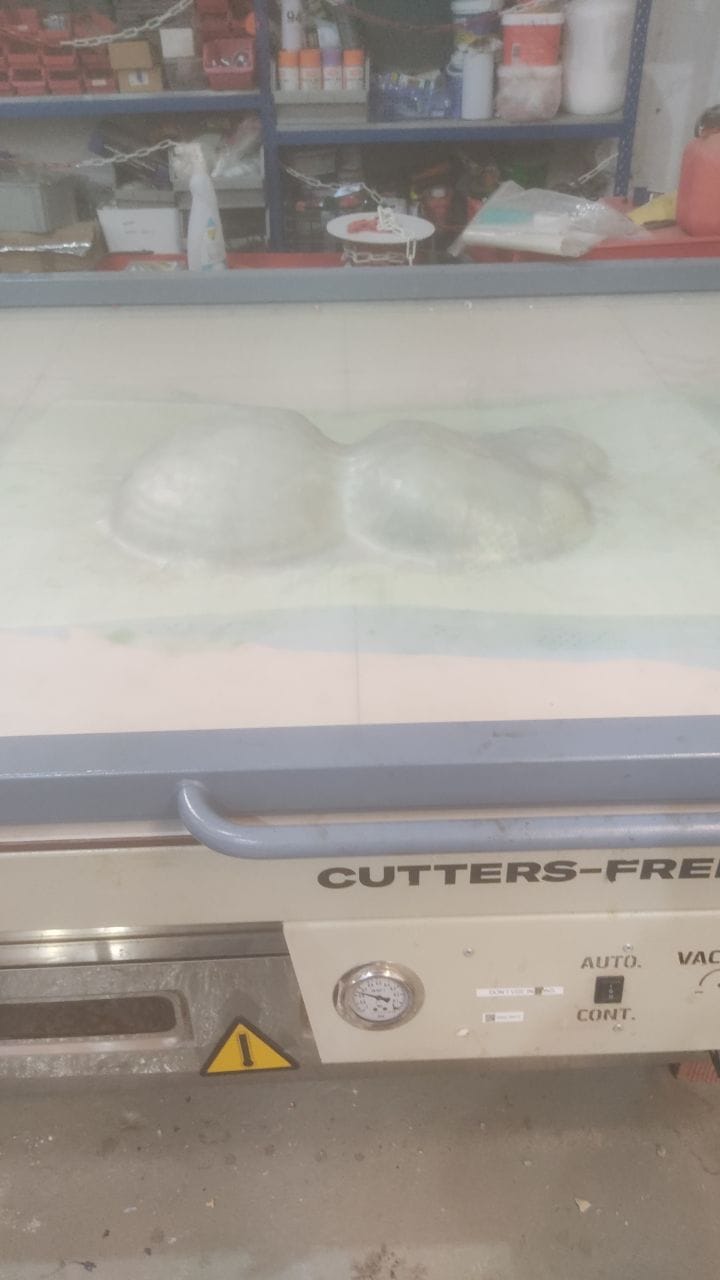
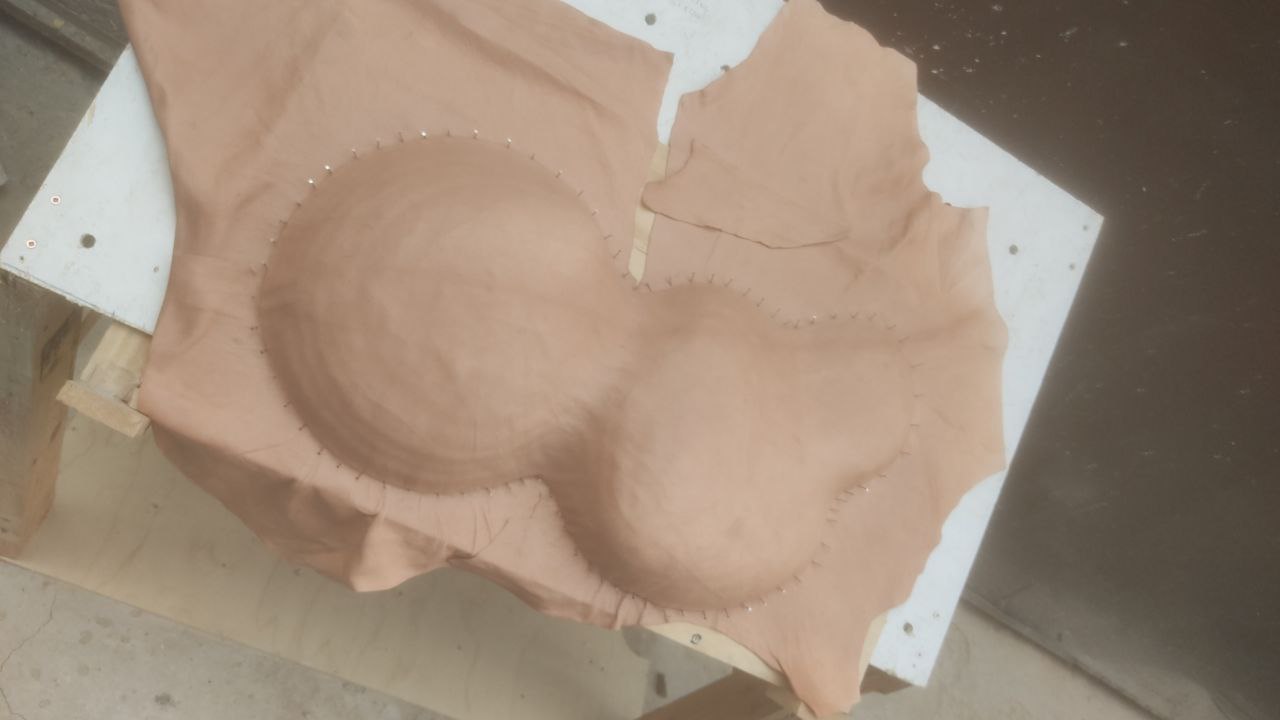
Week 16 reflections.
During this week I went for doing a composite, I made a mold in foam so I learned how to cut 3D shapes in CNC. The difference between 2D and 3D cuts in the CNC is the parameters you have to change in RhinoCam.
After the cut, I made the composite with “jute” fabric. As it was a very organic shape I had two options cut the fabric pieces into squares and place them randomly above all the shapes or try to cut fabric strips. In the end, I decided to cut small shapes to cover all the little curves of the shape.
I applied the resin after cutting the fabric and while I was applying the resin I put more pieces of fabric until creating four layers of material. In the end, I place the piece with the sandwich I created with plastic fabric+resine, cotton, and plastic in the vacuum. After the weekend, I took it out and I sanded it. After that, I used the composite as a mold for leather, which I conformed using hot water and glue. After 24 hours I had the internal structure of the artifact’s body and its “skin”.
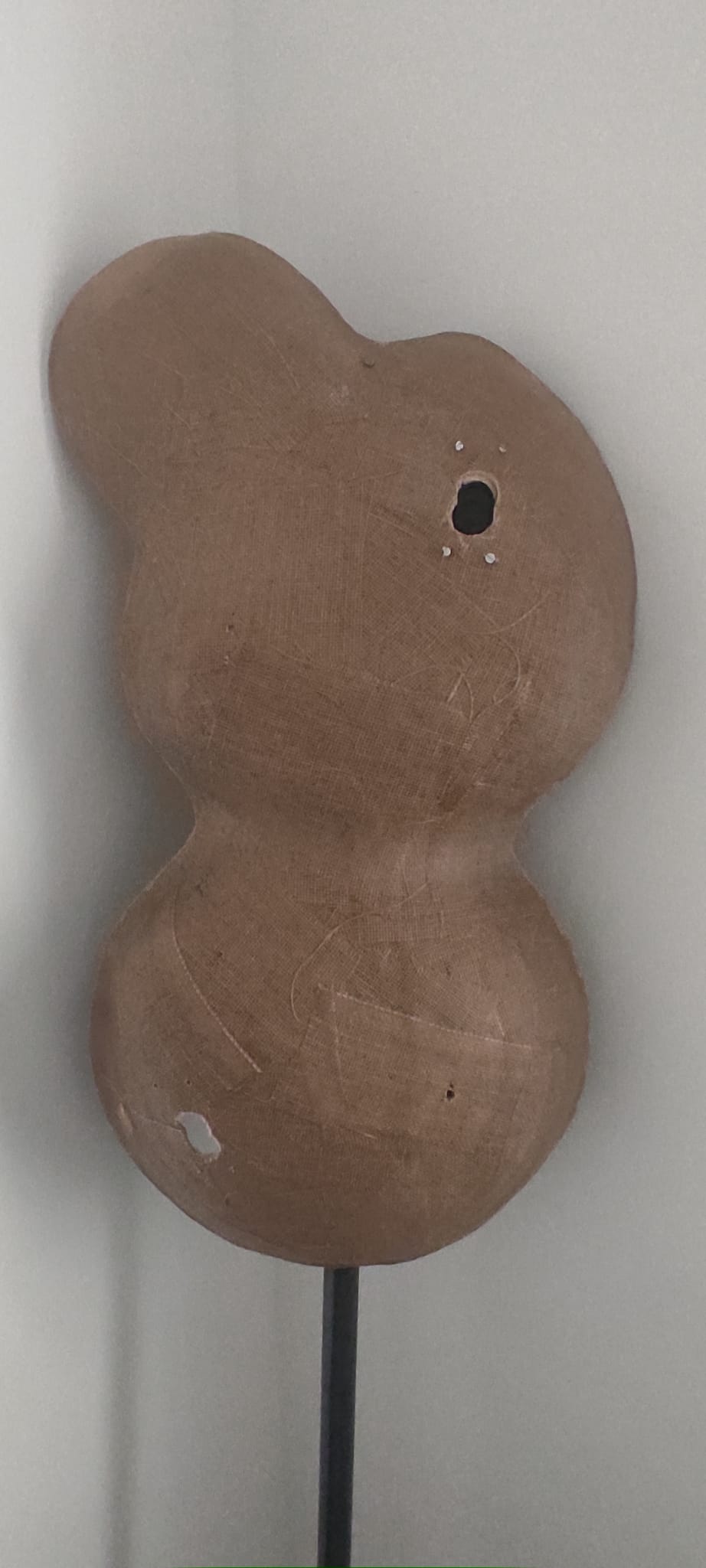
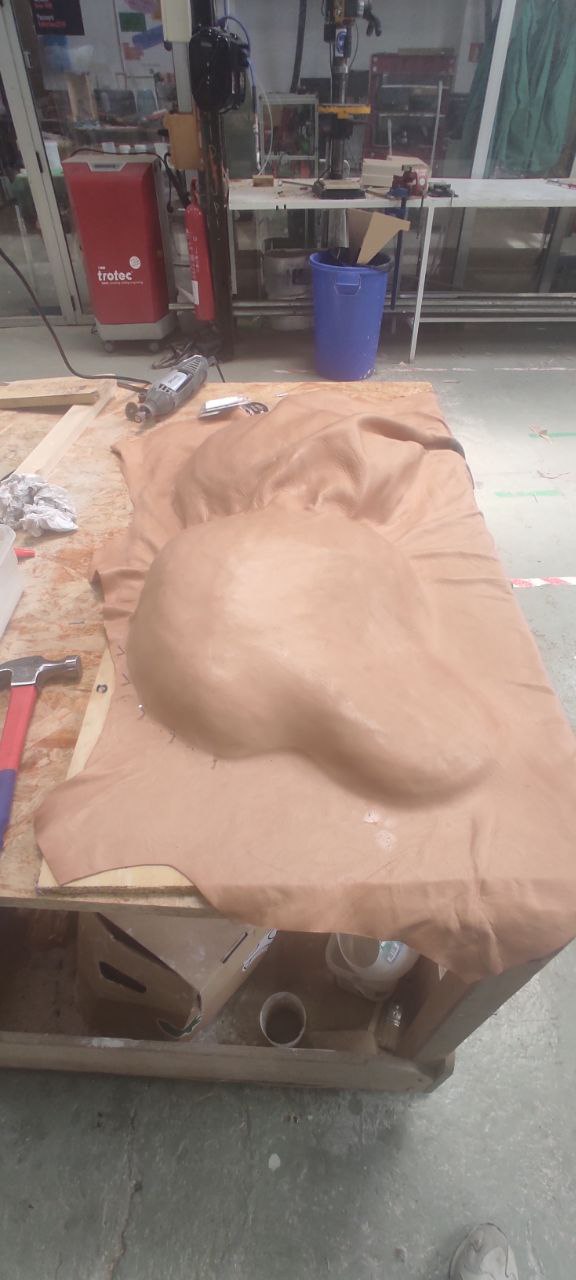
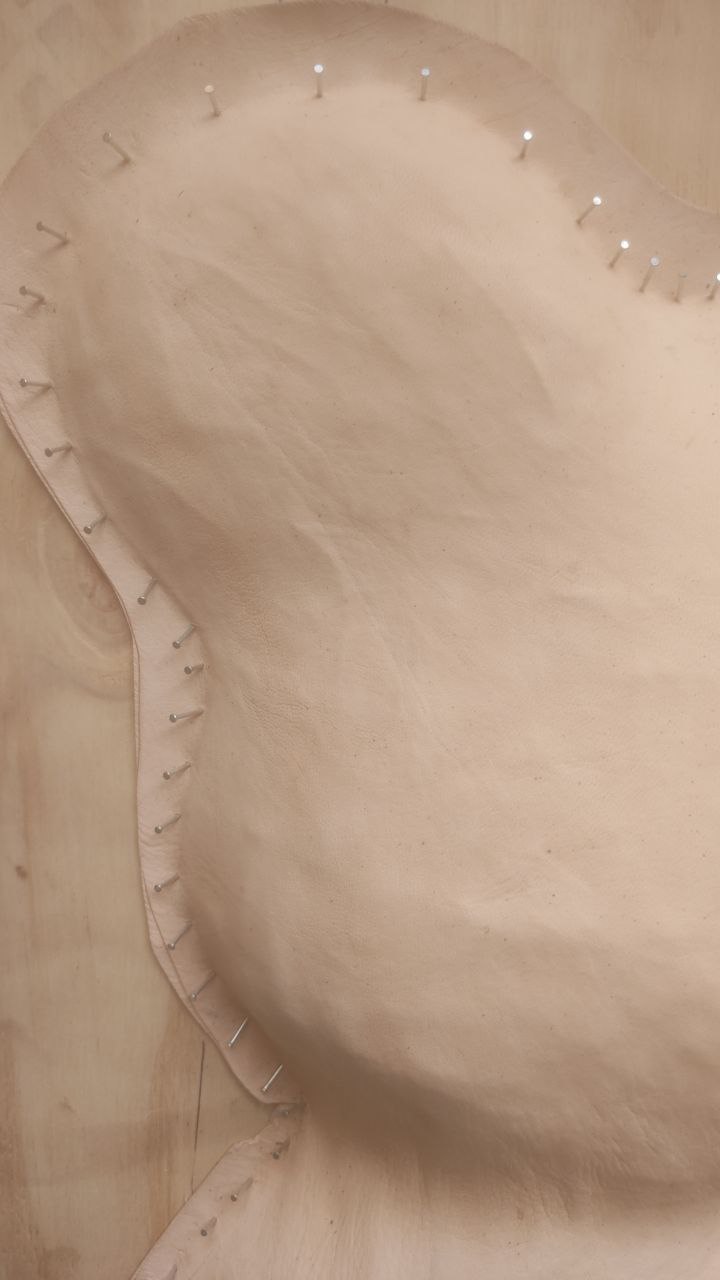
Finals reflections: What I like the most about this technique is the number of possibilities that give you to work with difficult shapes in different base materials I tried with resin+fabric and leather but can also work with wood, plastic, or biomaterials.